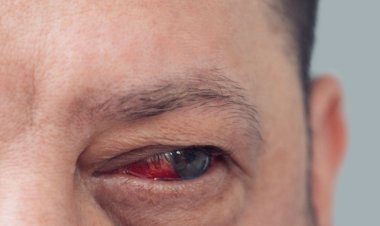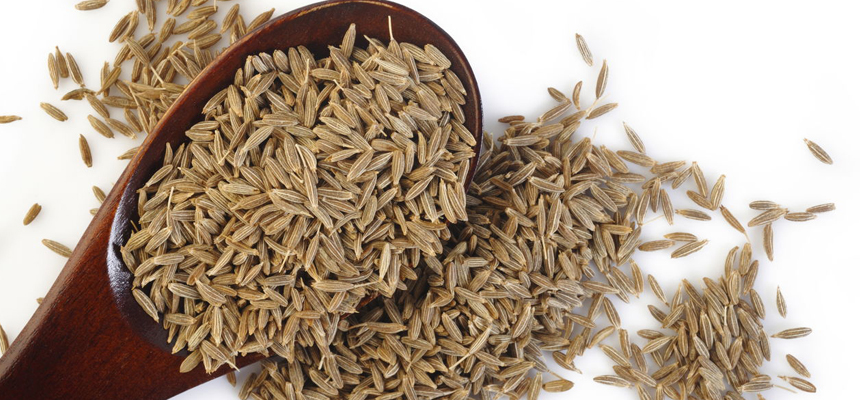Doctors at KIMS ICON saves a patient with complex stenting during the stroke

Doctors at KIMS ICON Hospitals, Vishakhapatnam, saved the life of 74-year-old patient by stenting a critically narrowed blood vessel. Stenting in stroke is not an easy task as the doctor must face many hurdles both medical and non-medical. During stroke, every decision plays a vital role starting from identification of stroke by the family, narrow time window (4.5 to 6 hours) for treatment, doctor’s clinical expertise and decision making and more importantly relatives’ willingness and keeping faith in the doctor’s decision. Mr. Sanyasi Rao, 74-year-old male patient was brought to KIMS ICON hospitals with right sided weakness and in a comatose state within 3.5 hours. Cases like these are quite complicated and hospital need infrastructure and expertise.
These days awareness about stroke among people has been on the rise with incensing education status and social media. Public now know about an injection that can decrease the stroke burden to the patient. However, there are also other options like stenting of narrowed blood vessels and removal of blood clot.
Speaking about the case, Consultant Neurologist, Dr. Ch Vijay narrated that all strokes are not the same. Few stroke patients recover remarkably, and others have permanent disabilities and some even die. Conditions like location of the stroke, size of the vessel involved, age, risk factors, time period of onset of treatment, play a vital role in deciding the treatment. Brain tissue is very sensitive to lack of oxygen in our body. So, the earlier the treatment initiated, better are the results. Also, it is not possible to give the injection (Alteplase) to all the stroke patients nor all the stroke patients can be stented. Large vessel clots can be stented after clot removal and smaller vessel clots can be treated with the injection. Time window for the interventions is from 4.5 to 6 hours. There is a saying ‘Time is Brain’. Results will be encouraging if the interventions are attempted at the earliest after the onset of symptoms. Sadly, most of the strokes happen midnight during sleep and time of onset cannot be established. It then becomes doctors’ discretion to either implement or withhold the intervention procedures weighing the risks and benefits associated with it.”
Explaining the case, Dr Kiran Buddaraju, Consultant Neurologist, said, “In view of age, attenders did not opt for the injection due to the small risk of bleeding associated with it. Angiogram of the same patient showed very narrowed basilar artery (An artery that supplies vital organs of our body like heart lungs, conscious cedae). Seeing the angiogram, we were worried that the stroke will progress eventually leading to grave complications. The final option we had was to stent the narrowed blood vessel. We clearly expressed our concerns to the family members and took time in explaining all the possible outcomes including the risks of the procedure. After the consent from the attenders, our interventional cardiology team Dr. Damodar Rao and Dr. Bhaskar Rao supported our team with cerebral angiogram and a stent has been placed in the narrowed blood vessel with no procedure related complications. The patient gained consciousness over the next two days. Subsequently, he was removed from ventilator and stayed in the ward for 6 days and was then discharged.”
“We were very glad that our efforts have paid off. We had a tense week with critical decision making,” he added.
Mrs. Kanthama, wife of the patient said, “We were really worried about our Husband’s health as we got him here. We were clueless of the next step to be taken, that is when, we were informed about our Husband’s condition and the treatment. that was required for him. The doctors were very cooperative throughout the procedure and gave us immense support. We are very thankful to KIMS ICON hospital for saving our father’s life.”

 Disclaimer: Welthi.com does not guarantee any specific results as a result of the procedures mentioned here, and the results may vary from person to person.
Disclaimer: Welthi.com does not guarantee any specific results as a result of the procedures mentioned here, and the results may vary from person to person.









